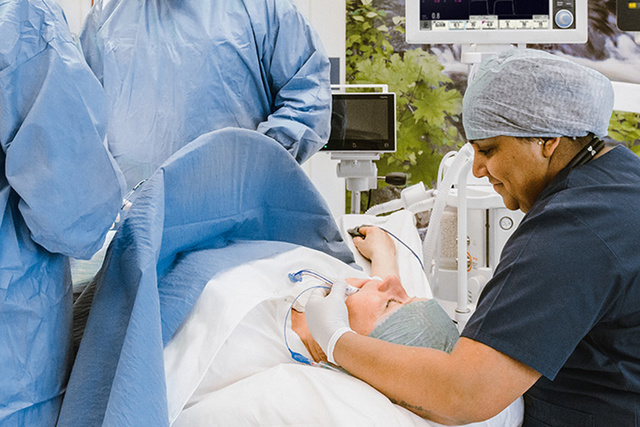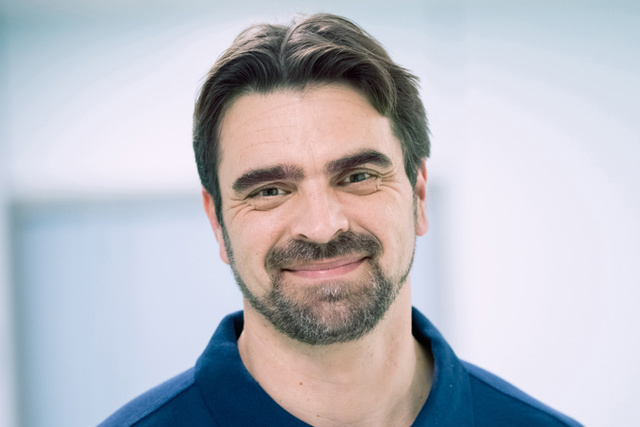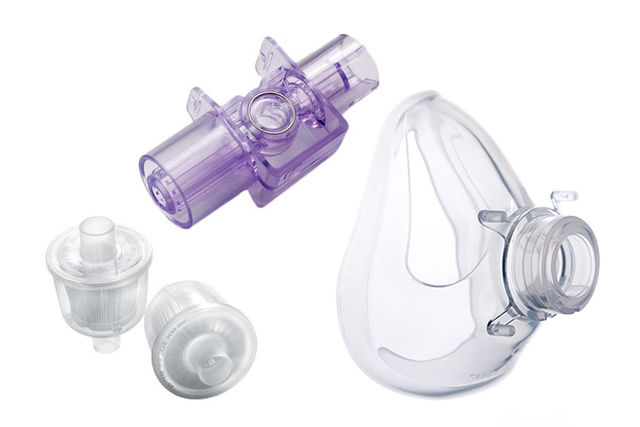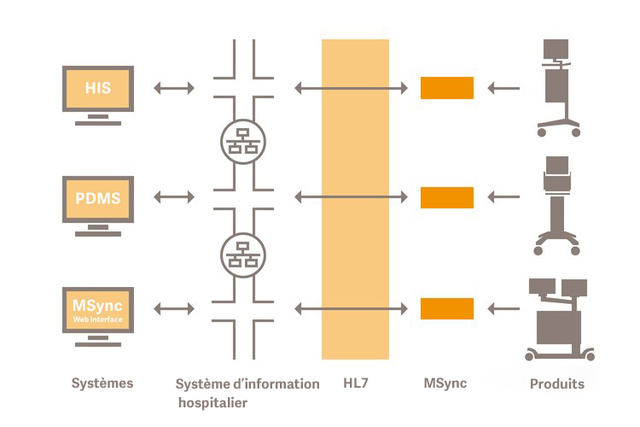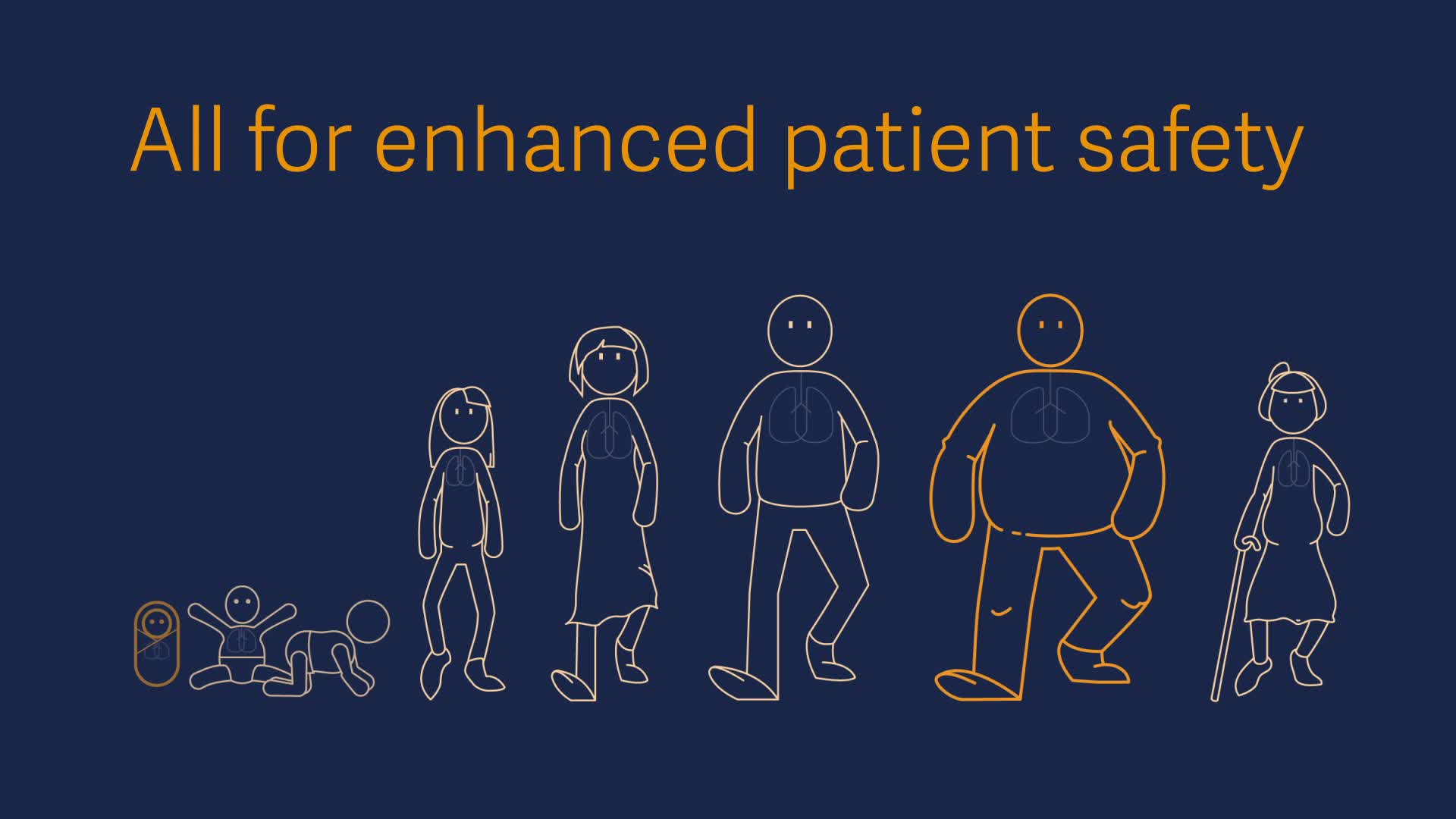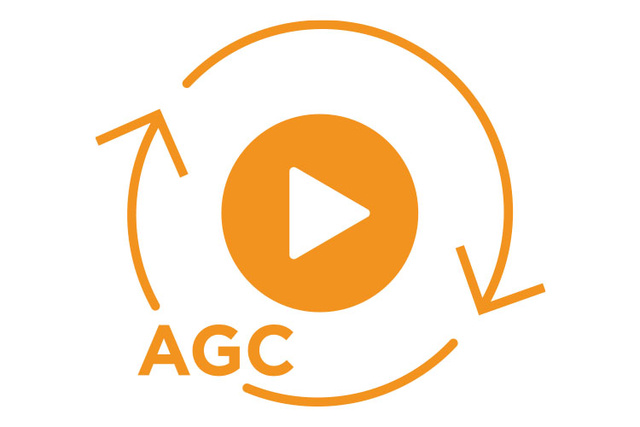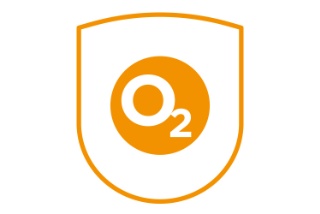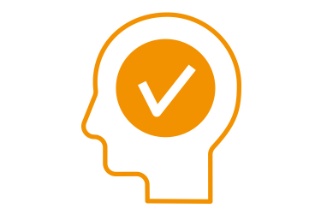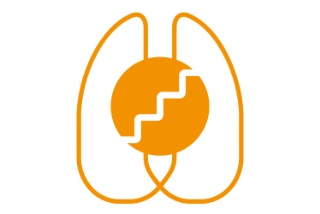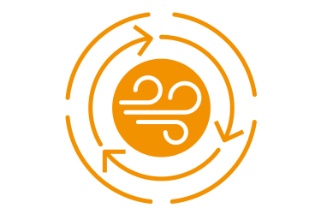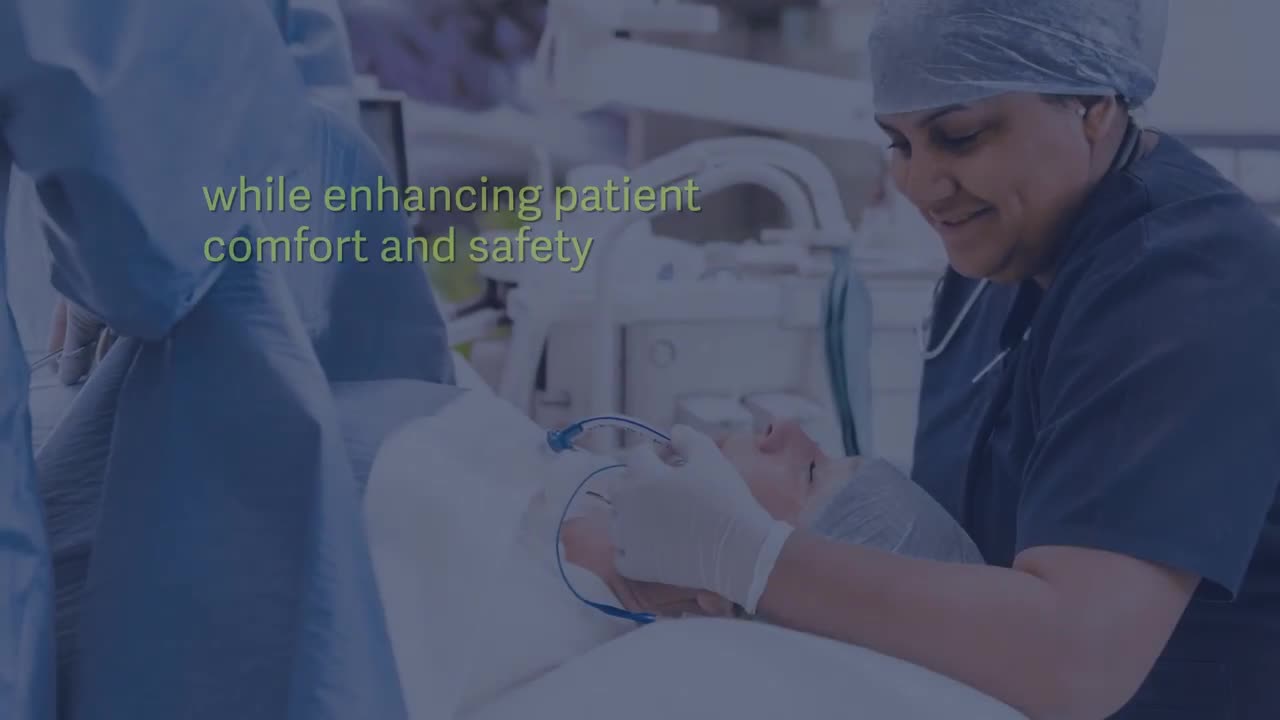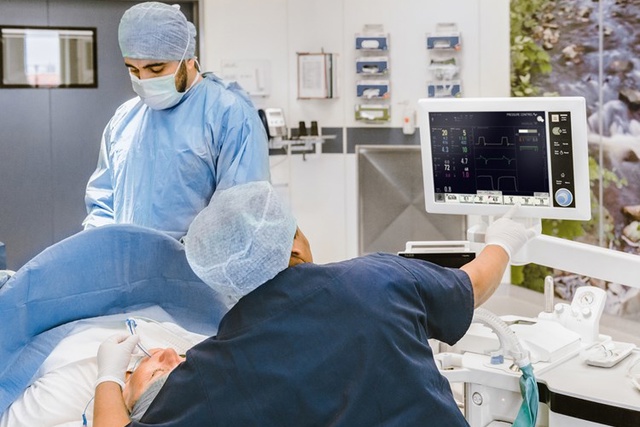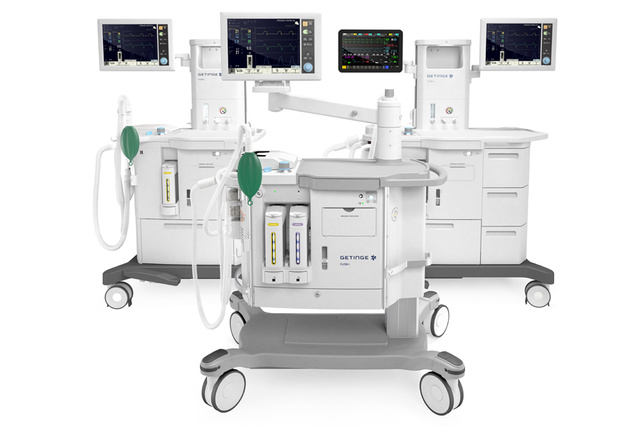-
1. Carette R, De Wolf AM, Hendrickx JF. Automated gas control with the Maquet Flow-i. J Clin Monit Comput. 2016 Jun;30(3):341-6.
-
2. Getinge case story MX-7418, rev01: Agent savings with Flow-i AGC at Maria Middelare hospital, Belgium.
-
3. Lucangelo U, Garufi G, Marras E, et al. End-tidal versus manually-controlled low-flow anaesthesia. J Clin Monit Comput. 2014; 28: 117-121.
-
4. Brattwall M, Warrén-Stomberg M, Hesselvik F, Jakobsson J. Brief review: Theory and practice of minimal fresh gas flow anesthesia. Can J Anaesth. 2012 Aug;59(8):785-97
-
5. M. Bilgi, S. Goksu, A. Mizrak, et al. Comparison of the effects of low-flow and high-flow inhalational anaesthesia with nitrous oxide and desflurane on mucociliary activity and pulmonary function tests, Eur J Anaesthesiol 2011;28:279–283
-
6. Kalmar A. et al. Minimizing sevoflurane wastage by sensible use of automated gas control technology in the flow-i workstation: an economic and ecological assessment. J Clin Monit Comput. 2022 Jan 3. doi: 10.1007/s10877-021-00803-z.
-
7. Ghijselings IE, De Cooman S, Carette R, et al. Performance of an active inspired hypoxic guard. J Clin Monit Comput. 2016 Feb;30(1):63-8t.
-
8. Drews FA, Syroid N, Agutter J, Strayer DL, Westenskow DR. Drug delivery as control task: improving performance in common anesthetic task. Hum Factors 2006;48:85–94.
-
9. ECRI. The MAC Brain feature on Getinge anesthesia units: ECRI's view. Device Evaluation 2022 Jan5.
-
10. Internal report EVU-197031 - 01 - Flow 4.7 Enhanced Post Market Surveillance Report 2019
-
11. García-Fernández J, Romero A, Blanco A, et al. Recruitment manoeuvres in anaesthesia: How many more excuses are there not to use them? Rev Esp Anestesiol Reanim.2018 Apr;65(4):209-217
-
12. Yassen et al. Respiratory and Hemodynamic Effects of Prophylactic Alveolar Recruitment During Liver Transplant. Experimental and Clinical Transplantation (2021) DOı: 10.6002/ect.2020.0412
-
13. Internal test reports comparing Flow-i with vendor machines; EVU 125310, EVU-125312, EVU-125313
-
14. Case study contributed by Dr. Waltraud Bruchelt and Dr. Günter Baumann, Dept. of Anaesthesiology and Intensive Care Medicine, University Hospital Graz, Austria.
-
15. Lucangelo U, Ajčević M, Accardo A, et al. Flow-i ventilator performance in the presence of a circle system leak. J Clin Monit Comput. 2017 Apr;31(2):273 280.
-
16. Internal report EVU 205592 NPS Summary Anesthesia 2019
